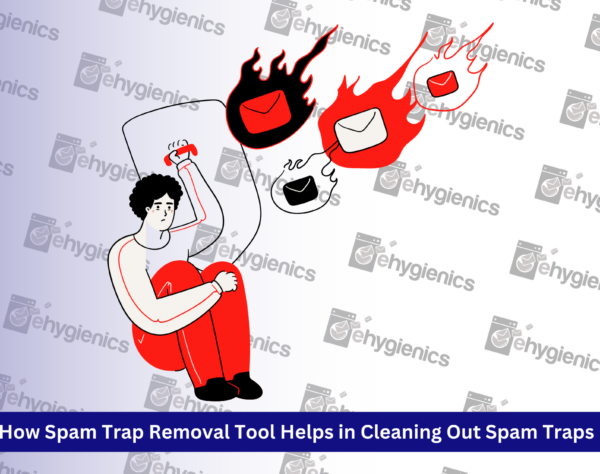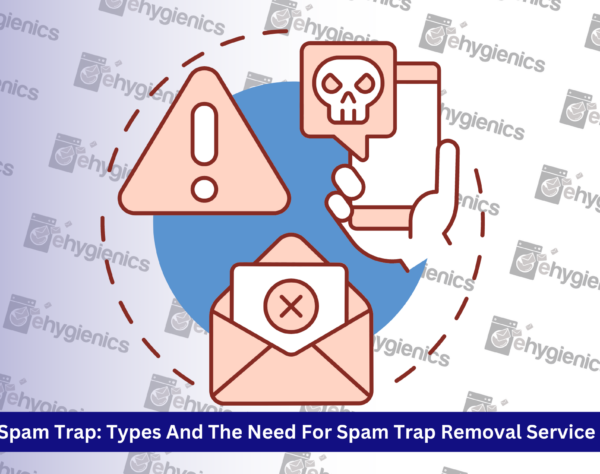
What is Spam Traps and How To Use Spam Trap Removal Effectively?
What is Spam Traps and How To Use Spam Trap Removal Effectively?
There are many myths about seemingly magical quick fixes for spam trap removal of your subscriber list in the email marketing industry. However, those claims are not valid. For a better understanding, we’ll examine what a spam trap is, what those pesky email addresses are for, and how you can prevent them going forward.
Spam traps: What Are They?
Spam traps are legitimate email addresses. Because of this, it is tough to identify these malicious addresses quickly. Therefore, it would be much more beneficial to focus your efforts on addressing the underlying problems that cause these email addresses to appear on your list in the first place.
The purpose of spam traps, even though they may cause inconvenience to senders, is to catch spammers.
In determining whether mailbox providers should filter a message, the IP and domain reputation of the sender is heavily weighted when evaluating spam detection. The spam traps are even monitored by some blocklists and will block senders who use them. To generate a simple solution, rather than falling prey to a false “quick fix,” it is necessary to identify the root cause of these pesky little addresses.
This issue needs to be addressed to increase your mail’s chances to make it to the inbox and enhance your sender reputation. Adding to the complexity, not all spam traps are the same. There are two kinds of spam traps that can end up in your subscriber list:
Recycled Spam Traps
They are designed to identify senders who don’t practice good hygiene.
Spam traps are created after reusing user emails that were once valid: If you hadn’t sent an email to that address for quite some time or did not remove the email address from your list when it became inactive, that address might turn into a spam trap.
Not only is it ineffective, but it is also damaging to your sender’s reputation to continue sending to this address.
Spam traps that have been recycled are severe but not as severe as pristine trap hits.
Pristine Spam Traps
Pristine spam traps catch spammers who collect email addresses without permission. Despite being valid, these email addresses do not belong to end users. They belong instead to suspicious email address acquisition sources (such as list purchases, list rentals, and website scraping sources), suggesting severe list-acquisition malpractice to mailbox providers and blocked list providers.
If you send to pristine traps, your sender reputation could be negatively affected, lower your chances of getting your emails into recipients’ inboxes.
The Best Way To Avoid Spam Traps
Spam traps are captured by spam trap removal service that keep a running list of known spam trap addresses. Spam traps, however, cannot provide 100% assurance in those situations.
Are these services able to catch spam traps? Yes, of course. Yet spam traps keep evolving, which makes them increasingly difficult to detect. Hundreds of new traps are created daily, showing up just when you thought you had caught one.
Only by optimizing your list acquisition and hygiene practices can you avoid obtaining spam traps. The following recommendations must be implemented immediately:
You can either confirm subscriptions or provide a double-opt-in process to give subscribers the option of explicitly opting in. Give subscribers a clear indication of the benefits of receiving your emails to encourage them to provide their email addresses.
It would help if you avoided purchasing, renting, and scraping email addresses from websites. Furthermore, those sources often conceal spam traps in their lists, making it a practice that is frowned upon.
Identify all subscribers by the source of their acquisition, monitoring unidentified users and spam trap activity for acquisition sources that could be causing your spam problems.
It’s not the end of your email campaign just yet if you stumble on a spam trap. Despite the negative impact these addresses can have on your sender reputation, improving your email-sending practices and identifying the spam trap’s root cause will help you build a more substantial sender reputation.







